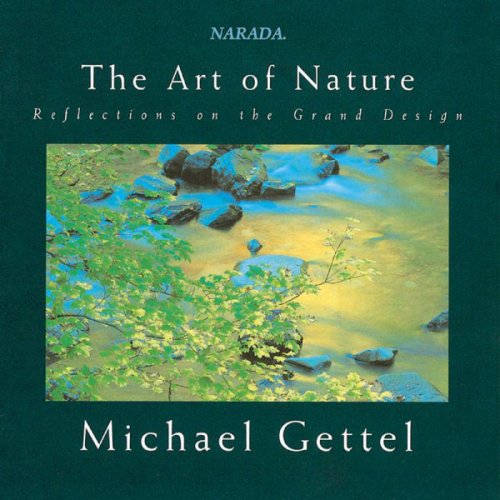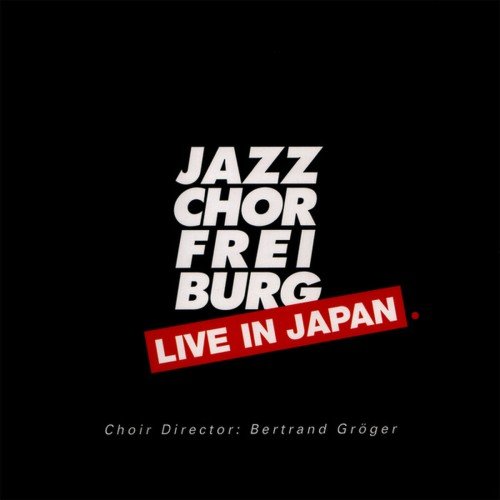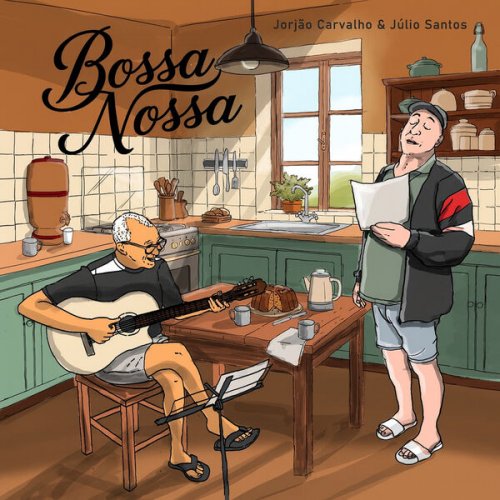Artist:
Maurizio Maffezzoli, Michael Guastalla, Enrico Fazzi, Elisabetta Pallucchi, Luca Buzzavi
Title:
Tiento: The Soul of the Spanish Organ
Year Of Release:
2025
Label:
Da Vinci Classics
Genre:
Classical
Quality:
FLAC (tracks)
Total Time: 1:00:06
Total Size: 250 MB
WebSite:
Album Preview
Tracklist:1. Maurizio Maffezzoli – Tiento: No. 22 (05:12)
2. Maurizio Maffezzoli – Tiento: No. 29 (05:37)
3. Maurizio Maffezzoli – Tiento: No. 68–69 (07:45)
4. Maurizio Maffezzoli, Michael Guastalla & Enrico Fazzi – Ave maris stella (07:33)
5. Maurizio Maffezzoli & Elisabetta Pallucchi – Salve Regina (09:24)
6. Maurizio Maffezzoli, Michael Guastalla, Luca Buzzavi & Enrico Fazzi – Dic nobis Mariae (05:32)
7. Maurizio Maffezzoli, Michael Guastalla, Luca Buzzavi & Enrico Fazzi – Diferencias sobre el Canto del Cavallero (04:55)
8. Maurizio Maffezzoli, Michael Guastalla, Luca Buzzavi & Enrico Fazzi – Pange lingua (06:32)
9. Maurizio Maffezzoli – Tiento de medio registro de tiple de quarto tono (03:56)
10. Maurizio Maffezzoli – Laudate Dominum (03:35)
In Spain between the sixteenth and eighteenth centuries the term tiento (or tento in Portuguese) denoted an instrumental form akin to the Italian ricercare. Whereas in Italy the ricercari were written mainly for keyboard instruments (harpsichord, clavichord, organ) or for the lute, in Spain the tiento was cultivated not only by keyboard players but also – very extensively – by performers on the vihuela.
In Spanish the verb tentar means ‘to venture beyond, to experiment, to put to the test’. The word refers both to the technical prowess demanded of the player, invited to ‘test’ his skill, and to the expanded sonorous and expressive potential of the instrument itself. In the organ tiento, which from the seventeenth century enjoyed enormous success, the instrument’s broader sonority encouraged a more fully – worked contrapuntal texture and a higher degree of virtuosity, with correspondingly less reliance on improvisation. By contrast, the more manageable vihuela lent itself to improvisatory flights, diminutions and ornaments.
The earliest tientos (Luis de Milán’s El Maestro, printed in Valencia in 1536) were indeed for vihuela; but after 1557 the form spread in Madrid’s organ circles thanks to Luis Venegas de Henestrosa’s seminal Libro de cifra nueva para tecla, harpa y vihuela, which contains twenty – eight tientos – fourteen of them by Antonio de Cabezón (1510–1566). It was Cabezón – court musician to Charles V and Philip II – who, in the posthumous 1578 collection prepared by his son Hernando, introduced into the genre the practice of variation (tientos y diferencias), a procedure already familiar in vihuela literature. Earlier still, Enrique de Valderrábano, Miguel de Fuenllana and Juan Bermudo had distinguished themselves in the field; the latter even attempted – in his Declaración de instrumentos musicales (1555) – a theoretical definition of the form.
Several books of tientos belonged to King John IV of Portugal, including the now – lost Tentos de órgano by Pedro Alberch Vila and, towards the close of the rich Iberian organ tradition, the Tentos para órgão of João de Arratia, Bernardo Clavijo, Diego del Castillo and Francisco de Peraza (Tentos de tecla). The contrapuntal mastery of those sixteenth – century organists carried over into the seventeenth, exemplified by Sebastián Aguileira de Heredia, Francisco Correa de Arauxo and Manoel Rodrigues Coelho.
It is to this extraordinary flowering that the present recording turns. It opens with music by Correa de Arauxo, born c. 1575, organist of the collegiate church of San Salvador in Seville from 1598 to 1633 and author of the Libro de tientos… intitulado Facultad orgánica, which contains no fewer than sixty – five tientos arranged in the index according to five ascending degrees of difficulty, together with three sets of variations. The distinguished musicologist Willi Apel judged Arauxo ‘the summit of early – Baroque Spanish organ music’, praising his colourful style, rapid rhythmic and melodic shifts, toccata – like writing, contrapuntal skill and occasional quest for striking dissonance. On this disc we hear two tientos (Nos 22 and 29, for solo organ) and the Canto llano de la Inmaculada (tientos 68 and 69).
Nos 22 and 29 (in the sixth and seventh tones – F major and the natural minor mode on D, ending in the major) present an almost chordal texture animated by ornaments (grace – notes, trills, mordents) and by cascades of semiquaver, triplet and dotted figures whose apparently free, improvisatory rhythm conceals considerable artifice. In the Canto the vocal line alternates with the organ in successive glosadas (verses with embellishment), each stanza intensifying the instrument’s melodic elaboration; the prevailing triple metre is frequently displaced, producing metrically intriguing syncopations. Dedicated to the Virgin Mary, the piece was probably performed on the Feast of the Immaculate Conception.
Equally impressive is the legacy of Cabezón, preserved in the already – mentioned Obras de música para tecla, harpa y vihuela (Madrid, 1578). Of the five works recorded here, only the Ave maris stella is original; the others are intabulations. Blind organist to Charles V and Philip II, Cabezón occupies the foremost place in sixteenth – century Iberian keyboard literature. The Ave maris stella (seventh mode), transmitted in the Einsiedeln Monastery manuscript, alternates the plain – chant verses of the ninth – century Marian hymn with organ variations. The hymn, sung in the Divine Office, at Vespers and on Marian feasts, implores the Virgin – especially as guide of sailors – for protection.
The Salve Regina, an eleventh – century Marian antiphon (perhaps by Hermannus Contractus of Reichenau), also pleads for Our Lady’s aid. Cabezón’s Tiento III in the first tone draws its subject from the opening of the antiphon, unfolding a four – voice fugato whose successive sections, though rhythmically varied, apply consistent contrapuntal procedures. Both the polyphonic setting and the originating chant are heard.
Dic nobis Maria begins with the antiphon O sacrum convivium for Corpus Christi (established 1247). Dic nobis Maria, quid vidisti in via – ‘Tell us, Mary, what thou sawest on the way’ – belongs to the sequence Victimae paschali laudes (eleventh century), sung on Easter Day and preserved in the Missale Romanum (1570).
The Diferencias sobre el canto llano del caballero (1570) are variations on a popular song (‘the knight’s song’): after a chorale – like opening in four voices the diferencias (or glosas) follow one another without pause, growing livelier and more animated.
Far less familiar is Pablo Bruna (Daroca 1611–1679), represented here by a Pange lingua: first a prima variación a cappella for men’s voices, then a segunda variación with organ. Blinded at the age of five, Bruna became organist of the collegiate church of Santa María la Mayor in his native Daroca in 1627 and retained the post for over fifty years; from 1669 he also served as maestro de capilla. In his lifetime he enjoyed such renown that Philip IV and Charles II both visited Daroca (province of Zaragoza) to hear him. Thirty – two of his pieces survive, largely tientos. The Pange lingua – an Eucharistic hymn attributed to Thomas Aquinas and composed at the behest of Urban IV after the miracle of Bolsena (1263) – is customarily sung at Vespers on Corpus Christi and at the Missa in Cena Domini on Maundy Thursday.
Balancing the historical repertoire, and bringing the programme into the present, are works by two contemporary composers. The nonagenarian Parisian organist Francis Chapelet, a César Franck pupil and former professor at the Paris Conservatoire, contributes a Tiento de medio registro de tiple de quarto tono: rooted in polyphonic tradition yet couched in a late – Romantic harmonic idiom that embraces daring dissonances. Chapelet, long organist of Saint – Séverin in Paris and honorary organist of San Giovanni dei Fiorentini in Rome, is recognised as one of the foremost experts in Spanish organ literature.
Felipe Adrián Rojero, a young Mexican organist and composer from Guadalajara, studied in Querétaro, Guadalajara and at the Hochschule in Regensburg. Founder and director of the Guadalajara International Organ Festival and professor at the University’s School of Sacred Music, he has written Laudate Dominum for alto and organ expressly for the present ensemble; this première recording closes the disc. Setting Psalm 116, the piece invites the faithful to praise God through music, unfolding in contrasted sections and culminating in a vocalised Amen. Here again the baroque polyphonic heritage can be discerned, enlivened by ‘dirty’ harmonies – chords distorted by non – chordal tones – that bring the texture closer to twentieth – century sensibility.
Thus the musical journey ends with a leap across epochs and styles, yet bound by a subterranean thread: the enduring practice of polyphonic, contrapuntal writing, moving from Renaissance modality to a tonal system already unmistakably of the modern age.
Lorenzo Tozzi © 2025



![Tomasz Stańko, Tomasz Szukalski, Dave Holland & Edward Vesala - Balladyna (1976/2025) [Hi-Res] Tomasz Stańko, Tomasz Szukalski, Dave Holland & Edward Vesala - Balladyna (1976/2025) [Hi-Res]](https://www.dibpic.com/uploads/posts/2025-12/1765717548_cover.jpg)

![Collin Walcott - Cloud Dance (1976/2025) [Hi-Res] Collin Walcott - Cloud Dance (1976/2025) [Hi-Res]](https://www.dibpic.com/uploads/posts/2025-12/1765538423_cover.jpg)
![Posey Royale - The Real Low-Down (2025) [Hi-Res] Posey Royale - The Real Low-Down (2025) [Hi-Res]](https://www.dibpic.com/uploads/posts/2025-12/1765494723_zbd6vfngwwskb_600.jpg)


![Thomas Wenglinski - Something Always Happens (2025) [Hi-Res] Thomas Wenglinski - Something Always Happens (2025) [Hi-Res]](https://www.dibpic.com/uploads/posts/2025-12/1765497916_fg7n35hdbubsa_600.jpg)
